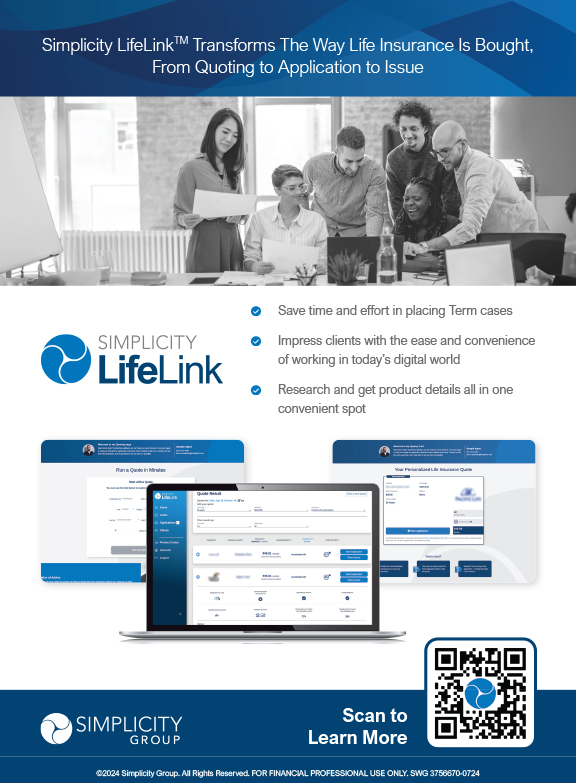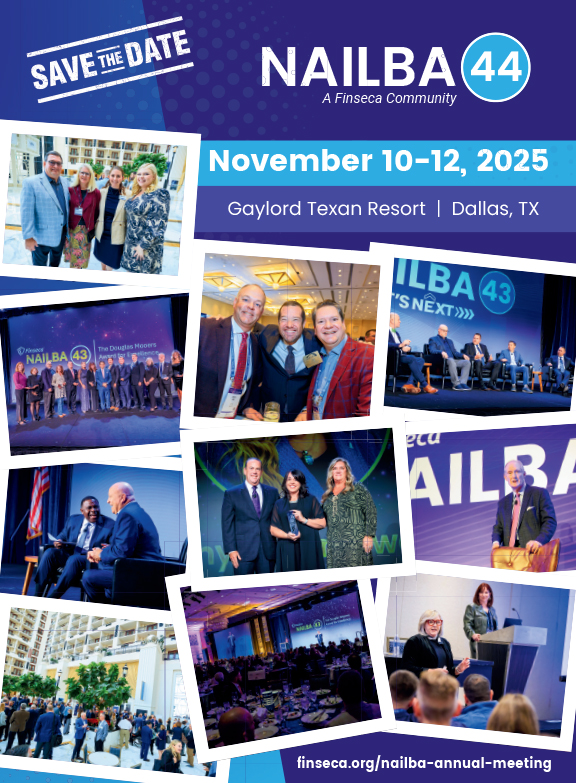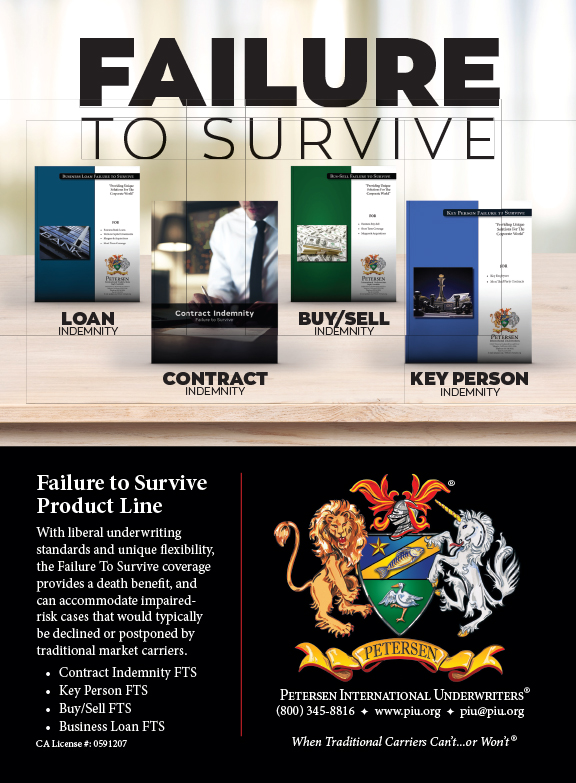As many of you know from my previous articles, I attend numerous life insurance and insurtech conferences each year—typically around 15-20 events. At these conferences, I engage with leading software solution providers who offer platforms for carriers, distributors, insurance and financial advisors. AI has become a prevalent topic in both general and breakout sessions, with vendors actively incorporating AI into their platforms or developing AI-focused solutions. You might be overwhelmed by the constant discussions about AI in both your personal and professional lives. However, in the realm of life insurance, underwriting is where AI has found its most significant application. I have explored various solutions in past articles, and today I want to delve into the critical role of data.
In the world of AI, data is paramount—especially in life insurance, where medical data such as prescription Rx data, Electronic Health Records (EHR), Medical Information Bureau (MIB) data, and responses to Life Insurance Part II medical questions play a crucial role. AI can utilize this data to score risks, engage customers with reflexive questions, and perform analytics that guide underwriters in decision-making. New software solutions are emerging, integrating into carriers’ underwriting workbenches, the fulfillment processes of new business applications, and even digital point-of-sale platforms.
Field underwriting is becoming more streamlined for insurance agents through AI solutions. These solutions are more sophisticated than simple chatbots with underwriting guidelines; they dynamically generate questions based on multiple data sources such as Rx data, EHRs, previous application responses, and carrier underwriting guidelines. We all know that the placement ratio drops significantly if a case is not approved as applied for, highlighting the critical importance of effective field underwriting. The process needs to be easy, fast, and capable of leading to accurate quotes and insurance applications. Typically, the user experience is designed for the agent or a hybrid model that collects some information directly from the consumer electronically.
Now, I’d like to introduce my AI solution, “InsurTech Navigator AI,” available at https://ienavigator.ai. It serves as a gateway to the latest news and information on life insurance technology. More importantly, it features integrated AI tools with a single sign-on, such as Proforce Ledger and Midnight Underwriter. Midnight Underwriter, for example, uses natural language processing to ask clients about their gender, age, height, weight, blood pressure, medical conditions, doctor visits, and medications. It includes underwriting guidelines from 42 life insurance carriers and a medication database, enabling insurance agents to interact with clients and obtain the most accurate underwriting class for quotes. The system is conversational, mobile-friendly, and showcases the power of AI at the point of sale.
Before we delve deeper, let’s clarify some key definitions in the world of Artificial Intelligence (AI):
- Generative AI, or GenAI, is a type of AI that creates new content based on patterns and structures found in existing data. This content can include text, images, audio, videos, code, and simulations.
- Conversational AI is a subfield of AI focused on developing systems that understand and generate human-like language to facilitate back-and-forth conversations.
- A Large Language Model (LLM) is a deep learning model trained on extensive datasets to perform tasks related to natural language understanding and generation.
- Generative Pre-trained Transformers (GPT) are neural network models trained on large datasets in an unsupervised manner to generate text.
There are many more AI terms, but these basics are particularly relevant to AI applications in life insurance underwriting.
The integration of Artificial Intelligence into underwriting is revolutionizing the insurance industry by transforming how underwriters handle text-based data such as Attending Physician Statements, case summaries, and lab reports. However, it is essential to distinguish between the realistic capabilities of AI and the often inflated expectations surrounding its use. Understanding the current state of AI in underwriting, identifying areas where it can be effectively applied, and providing a clear perspective on its realistic potential are crucial steps for industry stakeholders.
AI’s impact on underwriting is poised to be transformational, but its successful deployment requires navigating a range of technical and regulatory challenges. For stakeholders, understanding these challenges is critical to ensure they stay ahead in this technological evolution. Responsible AI deployment necessitates compliance with emerging regulations, addressing privacy concerns, and ensuring fairness in AI applications.
The journey of an underwriter is evolving into an industry-wide transformation. By integrating pricing, underwriting, and innovation teams, carriers are creating new consumer experiences and streamlining processes. However, challenges and opportunities arise from using data in underwriting. It is necessary to examine how data can drive efficiencies through automation and enhance the overall underwriting process. Additionally, the critical issue of building trust in data and the new models developed by underwriters must be tested and validated.
Regulators are increasingly scrutinizing the use of AI, focusing on fairness, privacy concerns, and developing appropriate regulations. Life insurance carriers must navigate this complex landscape, balancing opportunities for innovation with the need to comply with regulatory requirements. Emerging opportunities, risks, and regulatory considerations must be carefully considered to ensure the future use of AI in insurance aligns with ethical and legal standards.
Life and annuity providers face significant challenges due to legacy technology and traditional business practices. Issues such as a lack of talent, manual processes, and rising maintenance costs strain these providers. However, AI, and more specifically Generative AI, offers a promising solution. The application of AI in small pockets over the years has demonstrated its potential to improve business practices, reduce costs, and enhance customer experiences. GenAI is particularly crucial for legacy modernization, including the migration of old or closed blocks to modern systems.
I want to share a personal opinion regarding those who view AI as a problem they prefer to avoid. Adopting new technology always comes with challenges, and AI is no exception. It’s true that some will misuse AI for fraud or other criminal activities, and that AI will inevitably replace certain jobs. However, AI is already becoming an integral part of every facet of society. We should focus on optimizing its benefits while being mindful of its weaknesses. As someone who has been in the computer industry for a long time, I firmly believe in the concept of “Garbage In, Garbage Out” (GIGO). The success of AI hinges on the quality of the data it is trained on, underscoring the importance of using high-quality, well-prepared data.
AI’s potential to revolutionize underwriting is immense, but its successful implementation hinges on understanding its capabilities, navigating regulatory landscapes, and addressing legacy challenges. By focusing on responsible deployment, building trust in data, and embracing innovation, life carriers can unlock new efficiencies and create better experiences for consumers. The future of underwriting is digital, and those who adapt will lead the industry’s transformation. AI promises to transform underwriting. It is vital to manage expectations and focus on realistic capabilities. Stakeholders must address technical, regulatory, and legacy challenges to ensure responsible AI deployment. By doing so, carriers can harness AI’s full potential, driving efficiency, enhancing customer experiences, and leading the way in industry innovation.




























